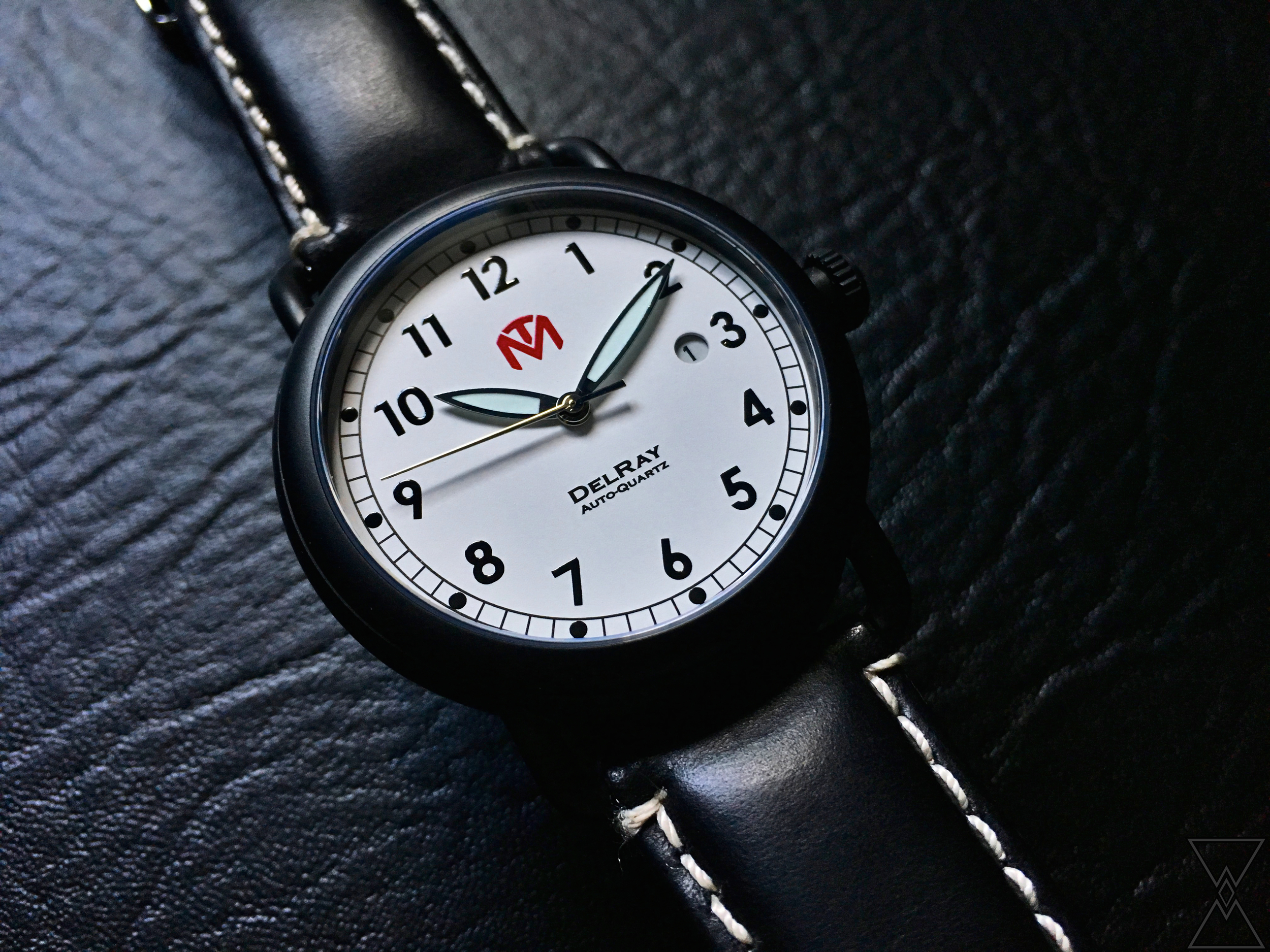Under 1000:
A Modern Take on a Classic Design
Living in a technology-driven society, it is easy to forget the rich and complex history of the wristwatch. As much as we (watch enthusiasts) argue against it, the vast majority of the population view wristwatches as nothing more than a fashionable accessory to their outfit of the day. While many watch brands are abandoning their roots and riding current fashion trends to the bank, McDowell Time embraces the heritage of the wristwatch and revives one of the earliest designs, while adding some modern cues and upgrades.
A Look Back in History: The Trench Watch
The term “tool watch” gets thrown around in watch circles quite often. “Now THAT’S a tool watch,” is something we’ve all said at some point while gazing at a great looking dive or field watch. The phrase has a sort of added weight that gives tool watches a slight edge over their competitors. Regardless of your feelings and opinions towards them, there is definitely a warranted merit to a tool watch. To have an engineering marvel like a mechanical watch perform multiple purposes while having the ability to endure harsh conditions is no small feat. However, these fantastic tools are often forgotten and minimized by current fashion trends and watch designs. The contemporary watch market makes it very easy to forget that the original wristwatch was in fact a tool watch.
During the early 20th century, wristwatches were rarely seen on men; pocket watches dominated the market. However as World War One (WWI) began, the need for a wristwatch was born. Soldiers needed to access their watches while their hands were occupied with battlefield related duties. To meet this necessity, pocket watches made a short and iconic migration to the wrist, creating the first tool watch. Named after the rigorous and notorious trench warfare of WW1, these military timepieces were named trench watches. The new wristwatches used pocket watch movements and were consequently very large and bulky; they had luminous dials and tough glass. Trench watches prioritized two things: toughness and legibility
As the war came to an end, the wristwatch market exploded. Pocket watches became a thing of the past, and the evolution and transformation of timepieces began. As time moved forward, designs changed, horological innovations revolutionized the industry, and the trench watch design was forgotten.
McDowell Time DelRay
The McDowell Time DelRay has embraced the original wristwatch and tweaked the design to create a timepiece capable of competing against contemporary watches. The DNA of the trench watch is present, but its shortcomings were eliminated and upgraded by using some of the market’s best technology.
The case design of the DelRay stays true to its trench watch heritage. A round 44mm wide and 11mm thick case houses a bold watch with strong wrist presence, while staying in the comfort zone of small-wristed folk like me; the wired lugs pair beautifully with the round case to create a vintage ambiance that calls back to its origins. The dial maintains a clean design with Arabic numbers and a railroad track index; a circular date display sits comfortably next to the “3” marker. Both the DelRay and original trench watch share the priority of legibility. As a response to the luminous dial of the original trench watch, the DelRay utilizes arguably the best luminescent paint in the market: the C3 Super-LumiNova. There will be no legibility issues here.
Perhaps the most interesting specification of the DelRay is the movement. While trench watches used robust pocket watch movements, the Delray uses a great modern technological innovation: the Seiko YT57 kinetic movement. In short, this movement offers the best of both (mechanical and quartz) worlds. Like in an automatic watch, a rotor found inside the movement swings with the motion of being on the wrist. However instead of winding a spring, like in an automatic watch, the energy generated by the rotor is collected in a capacitor and is used to power the watch like a quartz piece. Essentially, you get a watch that is wound like an automatic watch, with the accuracy of quartz movement. The exhibition case back of the DelRay allows the wearer to see the kinetic movement in action.
This fantastic piece is designed and hand assembled in the United States and is currently open for pre-orders on Kickstarter. The DelRay comes in different dial colors, finish, and lume applications. More on the different models can be found here. Pre-orders start at only $250.
Conclusion
In a time where many watch companies seem to be shadowing fashion trends, the McDowell Time DelRay is able to do something extremely difficult: rejuvenate a classic design while keeping its essence intact. The DelRay offers a lot of great things that are rarely seen in established brands, much less in micro brands. It is able to simultaneously compete against fashion watches and against micro brands that appeal to watch enthusiasts. If you are a fan of tool watches, the DelRay brings back a little of the first tool watch that started it all.






